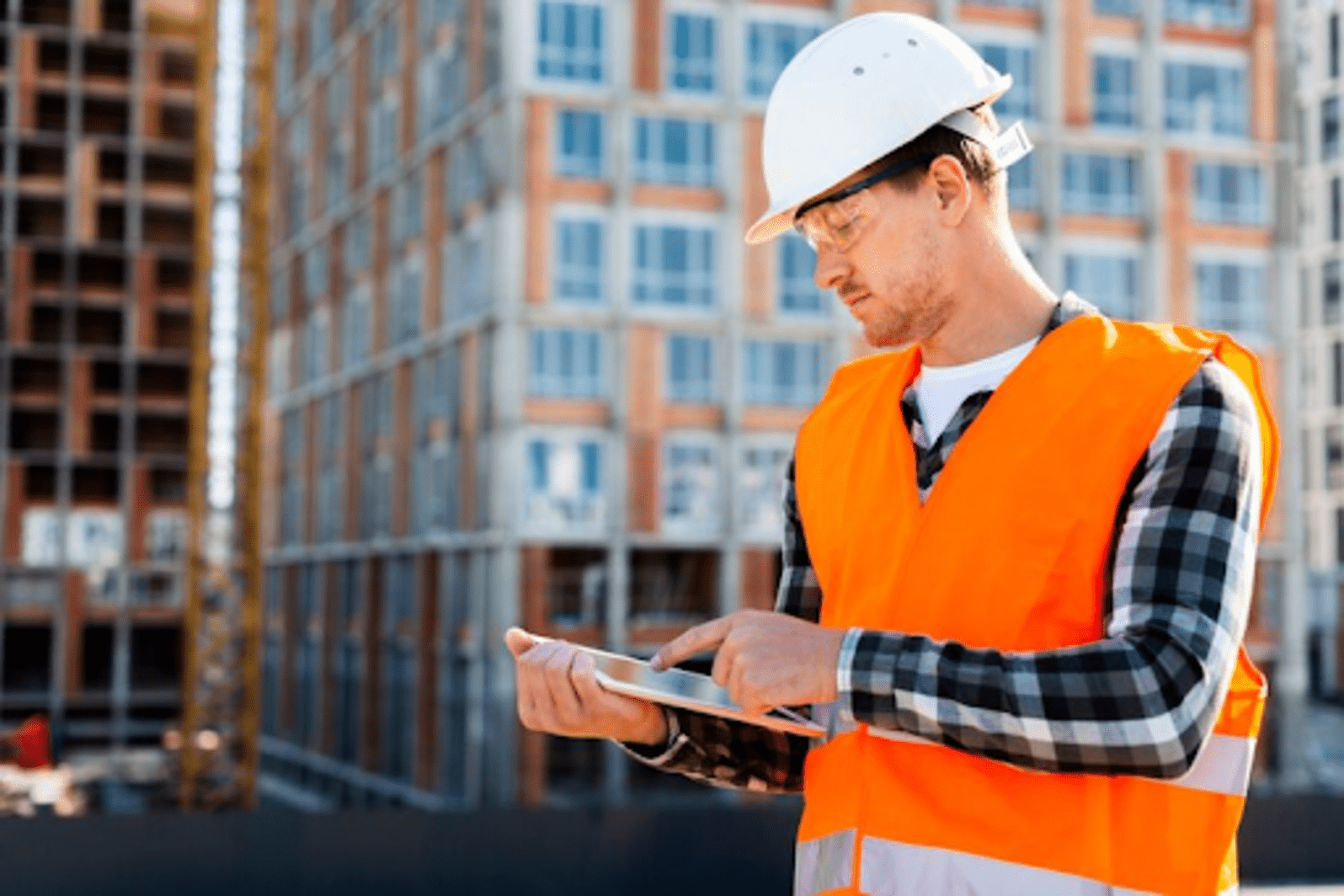A well-constructed building is not only a testament to architectural prowess but also a safe haven for its occupants. However, even the most meticulously designed structures can develop defects over time, compromising their integrity and safety.
Comprehensive building inspections play a pivotal role in identifying these defects before they escalate into major issues.
In this article, we delve into the essentials of comprehensive building inspections, shedding light on the importance of early detection and the key areas that demand scrutiny.
The Imperative of Regular Inspections:
Building inspections are not a one-time affair; they are an ongoing process crucial for maintaining structural integrity. Regular inspections, ideally conducted annually, help identify defects early, preventing them from evolving into serious problems.
This proactive approach not only ensures the safety of the occupants but also saves significant costs in the long run.
Structural Components:
One of the primary focuses of a comprehensive building inspection is the assessment of structural components. This involves a meticulous examination of the foundation, load-bearing walls, beams, and columns. Any signs of cracks, settlement, or unusual shifts can indicate potential structural issues.
Timely detection of such problems allows for necessary repairs before they compromise the building’s stability.
Discover the ease of operation with our automatic closing windows. Designed for convenience and safety, these windows close automatically, enhancing security and energy efficiency in your space.
Roofing Systems:
Roofs are a building’s first line of defense against the elements. A thorough inspection of the roofing system is essential to identify issues such as leaks, damaged shingles, or weakened support structures.
Ignoring roof problems can lead to water infiltration, compromising the building’s interior and contributing to the development of mold and other hazardous conditions.
Plumbing and Electrical Systems:
Ensuring the proper functioning of plumbing and electrical systems is critical for the safety and functionality of any building. Inspections should include an assessment of pipes, fixtures, and wiring.
Detecting leaks, faulty wiring, or inadequate installations early on can prevent disasters such as water damage, electrical fires, or electrical shocks.
HVAC Systems:
Heating, ventilation, and air conditioning (HVAC) systems are integral for maintaining a comfortable and healthy indoor environment.
Regular inspections of HVAC systems are essential to identify issues like inefficient operation, leaks, or faulty components. A well-maintained HVAC system not only enhances energy efficiency but also contributes to better indoor air quality.
Exterior Elements:
The external elements of a building, including walls, windows, and doors, are exposed to the elements and are prone to wear and tear.
A comprehensive inspection should evaluate the condition of exterior finishes, check for water penetration, and ensure that windows and doors are properly sealed. Addressing issues in these areas promptly can prevent water damage and enhance the building’s energy efficiency.
Safety Features and Accessibility:
Building codes mandate the inclusion of safety features such as fire exits, emergency lighting, and accessibility ramps. Comprehensive inspections should verify the functionality of these features to ensure the safety of occupants, especially in emergencies.
Additionally, inspections should address compliance with accessibility standards to accommodate individuals with disabilities.
Environmental Factors:
Environmental factors, such as mold, asbestos, and radon, can pose significant health risks. A thorough building inspection should include testing for these hazards, particularly in older structures where the presence of asbestos, for example, might be more common.
Identifying and addressing these environmental factors promptly is crucial for the well-being of the building’s occupants.
Documentation and Reporting:
A comprehensive building inspection is not complete without detailed documentation and reporting. The inspector should provide a thorough report outlining the findings, including any defects discovered and recommendations for remediation.
This documentation serves as a valuable resource for building owners and stakeholders in planning and executing necessary repairs and maintenance.
Conclusion:
Comprehensive building inspections are an indispensable tool for maintaining the longevity, safety, and functionality of structures. From structural components to environmental factors, a holistic approach to inspections ensures that defects are identified and addressed promptly.
Regular inspections not only prevent small issues from becoming major problems but also contribute to the overall sustainability and resilience of buildings. Investing in comprehensive building inspections is an investment in the safety and longevity of the built environment.


